Simply Not the Best: Berlin Biennale 2018
- Christian Hain
- Jun 14, 2018
- 9 min read
Updated: Mar 25, 2020
(Berlin.) KW Institute leaving home for a summer in the city doesn’t mean their space will stand empty this summer. On the contrary: It’s time for Berlin Biennale again.
With pretty much the same people taking care of both, KW art space and Berlin Biennale have been closely associated ever since the Biennale’s first edition twenty years ago. KW is a – even the main – location of Biennale; you could call it an act of artistic flatsharing: “Artbnb”, or “Air Berlin’n’Biennale”. Saying twenty years, they don’t celebrate the anniversary much. There’s a big "X" in (one variant of) the logo, because twenty years in Biennales – yes, you got that, you’re a math genius. People in charge prefer not to look back but to the future instead, and saying the future looks black would be very offensive. Firmly rooted in the mid of the mainstream, BB and KW do what everybody else does these days: They hired a “diverse”, i.e. black and female, curator in Gabi Ngkobo who called to help a group of equally “exotic but not exotic, because they aren’t, although we chose them for being” assistants. The mission, we're told, is to get rid of all attributions, assumptions, ascriptions, roles and identities, &ct.
The title We don’t Need Another Hero fits our time and ideology, far from being revolutionary, provocative, or only innovative. That phrase, of course, is taken from a 1985 Tina Turner song (wonder, if they rang her up in that villa on Lake Zurich where she’s enjoying her retirement), which served as the soundtrack for the post-apocalyptic – and let me highlight this almost incredible fact: post-apocalyptic w i t h o u t zombies! - Mel Gibson trilogy Mad Max. But…, but…, this is Berlin!? David Bowie wrote Heroes standing at the wall, living here! But no, that’s the past and don’t forget: Bowie was a heterosexual (well, most of the time) white male. That wall’s long gone, and global homogeneity upon us. Only hopeless dreamers and nostalgics are still Holding Out For A Hero and would object, this is indeed what we need the most: Individuals in a world of mass production, single, unique, personalities to break the swarm. Hopeless, dreams, as I said. What about the Stones: “No colours anymore, I want them to turn black”? The African (stereotype, bad, man, bad) heat wave, by the way, took off a day or two before the start of Biennale, but was back in time for the opening.
In addition to KW, the Biennale established four outposts, of which only two-and-a-half can count for proper exhibitions. At Volksbühne theatre on Rosa-Luxemburg-Platz, vis à vis the headquarters of the former GDR’s ruling party (‘s legal successor), there’s a shed with a single installation and that’s all. At HAU 2 – literally “Hit 2”, and there’s a German idiom: “to have a Hau” meaning “to be a bit daft”, but the theatre complex took its name from the address on HAllesches Ufer, then seized the opportunity to commemorate 19th Century playwright Friedrich Hebbel in styling themselves Hebbel Am Ufer (“Hebbel on the Banks” – of river Spree). This lengthy explanation took almost more space and time than a visit to the show. You get in, ask and search your way up two stairs, then enter a cabin with a video that could run on MTV Nigeria - if they have MTV in Nigeria, and if they still show music videos. Dancing African rappers who sound and look exactly like their American counterparts, minus the rides’n’ice, sorry: cars and jewels. The language appears Latin, Spanish or Portuguese, and I personally understood – wrongly, most certainly! - : “Encuuuuulo....“, repeated over and over again.
In a second room, a row of flags like the ones marking holes on a golf course, only these carry messages and slogans that loosely refer to political events, a miners’ strike, and more. The opposite wall adorns yet another Tina Turner quote, “I’m only here for the beautiful gold”, without further indication of the source, or song, but a date: 1982. Whence this fixation with an almost forgotten singer, is it indeed only for her sex and colour? The “half an exhibition” is not very important, HAU2 is all about events, lectures, concerts, and documentation to celebrate a South African music style of the early 1990s that went by the name of “Kwaito”.
You will find more art at ZKU - Centre for Art and Urbanistics. Highlights there comprise a film shot with only one (fixed) camera focusing a lake and a narrator telling us, “there’s no word for art in Luganda” (indeed: not “Uganda”, but a language spoken there). Follow information and poetry with the visual appeal of a tourist campaign. Later, religious imagery invades the discourse - this, apparently, is the "African Eden". (D.E. Wananba, Promised Lands). Skip a dysfunctional shower cabin and the part looking like an art student’s studio-bedroom in some residence, with irrelevant drawings on the wall, and proceed to another installation. Stepping into the dark behind a curtain, you’re transported to a film set or theatre stage with a lectern, papers, desk and cloak hanger. Rehearsing Azaad (not Assad!) Hind Radio by Zuleika Chaudhari relates to an Indian, “nationalist”, freedom fighter and HERO of decolonisation. On the far end of the room, a screen is showing scenes from his life, Azaad Hind - no, that's the name of his movement, he was Subhash Chandra Bose - being portrayed by a lot of different actors, among them a woman, because... because.
Maybe Zulaika Chaudhari watched The King’s Speech once too often, but otherwise it is a nice work. You learn something, like you do from watching a docu-fiction on TV (not as much as from traditional lectures, but those are boring and old-fashioned, obviously). The most memorable aspects of ZKU however, are the views over gardens and allotments bordering Westhafen train station, and the labyrinthic architecure. There’s more, oh so many more, than only one entrance, and the exhibition rooms not being interconnected, you’ll probably miss one or two.
As usual, Akademie der Künste and KW are the most important venues of Berlin Biennale. Don’t let Academy’s smart exhibition design trick you into thinking, the show would be bigger than it actually is! Ignoring the curators’ and artist’s (and she-, and not-decided-yet-)artist’s identity for a moment, it looks like every other institutional art show anywhere in the world. (Lubaina Himid‘s close up film of a sad face literally recreates Western art history classic – the female, black, version of Bas Jan Adder.) Some highlights, again:
Fireli Baéz, Those Who Would Douse it (It Does Not Disturb Me To Accept That There Are Places Where My Identity Is Obscure To Me, And The Fact That It Amazes You Does Not Mean I Relinquish It, 2018, and not for the title (alone) that will prevent its being mentioned in almost every other media, but because the ideology is dressed in such an artful way. Coloured drawings on colonial documents and maps, you immediately understand why Baéz chose to become an artist, not a teacher, and this counts for a lot already. It looks spectacular, and she has a message that you can agree with, or not. Baéz also shows larger formats, e.g. an African (assumption...) officer (assumption) signalling his (assumption - could self-identify as a neuter) army from a hilltop, ignorant of the flames devouring his backpack (potentially filled with loot and bribes), as history will reduce him to ashes soon. Not less outstanding: Sarah Haq’s live reed growing from the floor, sown into the parquet, a work invading almost every room.
Basir Mahmood‘s film All Voices Are Mine starts with a street scene in an unidentified African, Muslim, country, where people are passing by between ancient grey stone buildings – no, stop, we don’t know any of this, it’s guesswork once again and after all, this could be Berlin, Paris, London, or anywhere else in this diverse world.
A group of men is lying on the ground, more sleeping than dead, before the camera turns to white chalk dividing the unpaved road, demarcation line of some conflict (decolonisation/liberation, African civil war? – no: we don’t need another stereotype)? The impression deepens with a soldier on observation duty. It continues like this for a while, and as usual in art films, you get only vague hints about what’s going on. But it’s intriguing, very much.
The Academy’s gardeners are quite the artists, too. Stepping outside, breathing under the old “whatever it is” tree, there’s even art around, a centipede of cotton garbage bags courtesy of Oscar Murillo (he’s got more works inside). All in all not a bad show, but again: nothing special either.
And finally, KW. The largest, and arguably best, piece of Berlin Biennale X’s birthday cake. In particular two installations are impressive, the first one on ground floor: A wrecking ball (/shot down death star?) of foam and lots of debris fill the main hall here. In between several videos, of nature: forest scenes, and black faces. Colonialists shattered their country (how much was there to shatter in the first place?), but now they strike back? Tabula rasa in art and society? You have to admire Dineo Seshee Bopape’s care for details: a bucket collects water dripping from the ceiling – and despite what you might be thinking, this is not making the best of situations (not with the weather outside, unless the restrooms... no, it’s intended). And secondly, hidden in the attic and not accessible from every staircase: stylised hammocks and massive rocks hanging from ropes, bluely illuminated. Wrecking ball, the second.
For the rest, a participative group therapy - people dancing and moving around, telling each other their secrets or just stuff they’ve made up on the spot. (Okwui Okpokwasili, Sitting on a Man’s Head, 2018, and that's nothing indecent but meant to “evoke a traditional protest strategy of Nigerian women”); and, much more impressive, Julia Phillips with monochrome prints that resemble photographs of shed snakeskin. They are hung around torture instruments - or merely tools? - on a table. Must be African slavery related. Looking at the photos again, from a distance,... might even be sexual, kinky SM stuff, a metal blindfold, steel panties (chastity belt)?!
Mildred Thompson’s wooden reliefs on a wall are also nice to behold, and so are paintings of Gabisele Nkosi: Very impressive, something to decorate your living room with in style (not being sarcastic!).
Reactions have not been enthusiastic so far. As stated above, Berlin Biennale is not fundamentally different from any other exhibition out there today, with “exotic” names, granted, but that isn’t “exotic” anymore, either. You could change all labels for European names, and nobody would notice. Topics might be African, or third world at least (are we still allowed to say this, or did they decree a Newspeak expression yet?), but aesthetics and techniques are Western. More precisely, Berlin Biennale feels like your average KW show with extensions to other spaces. It’s no coincidence how that is also the best venue, and some artists’ works being present in all locations doesn’t change a thing, e.g. Luke Willis Thompson‘s golden basins with a grail inside, attached to many a wall.
I’m still not convinced, that contemporary art should indeed seek to become a replacement for literature. Again, it suits our society, virtual illiterates posting photos of exhibitions on Instagram, exhibitions that express ideologies and theories like essays formerly did (more or less accurately). The catalogue is Berlin Biennale’s most important work, but who takes the time and reads it? If you do, you won’t need to see the art anymore. On the other hand, if you don’t, and don’t care about ideology and meaning, you might enjoy some works for what they are beyond all attributions.
Have you ever heard of the big “Colonial Exhibitions” of the 1920s? Where there would be products and artefacts exposed, and sometimes even the artists and artisans themselves, “exotic people/s”? Those events are perceived as the manifestation of racist attitudes today. Yet, looking at Berlin Biennale, you might think, it’s the same all over again, with two major differences: This time, “they” may curate themselves. And “they” are no longer different. No need to worry, they’ve overcome their otherness, they are one with us now. There is no “they” anymore, mainstreamed, as the global market progresses, all humanity is only one demographics – it’s tremendously cost-effective needing to produce only one commercial for every country as the faces, morals and habits are gradually becoming the same everywhere. It perfectly fits the context of global homogenisation: Art moves with the times. To experience true diversity instead of a marketing term covering up for the exact opposite, you should visit a historic museum and consume cultures like other goods.
No heroes, no colours, no genders or cultures, no differences or struggles, no identity: nothing but rational efficiency. It’s the all encompassing uniformity, the globalised market of mass consumers. When the swarm is speaking, the heroic individual becomes a thing of the past. The future demands herd mentality in an administered life; the homologised uniformity of the world, as aspired not only by artistic avant-gardes.
I was tempted to introduce this article in a highly inappropriate manner. Like this: Let’s look at in from another angle, and say something provocative: White men are like the Olympic champion who’s beaten every opponent, and being bored with winning, and life, he decides to hand in his gloves, resigned to give others a chance for a change. Emptiness after the success, suicide after the victory. Having reached the pinnacle of Human creation and creativity, but having taken it that one, disastrous, step too far, he's left the stage in the ultimate sacrifice, to make way for the great equal nothing.
A possible view, but here’s another: It’s all a logical consequence of technological progress and the mass, a mass that cannot be more efficiently organised than by mathematics. “It’s the economy, stupid.” Once the fight is won, and it almost is, the new powers will feel the same void and realise, all meaning lay in conflict.
Berlin Biennale is not a bad show! Just nothing special, nothing... heroic. Mediocre, average, not standing out. In this regard: Mission accomplished.
Berlin Biennale X, 9 June-9 September 2018
World of Arts Magazine - Contemporary Art Criticism

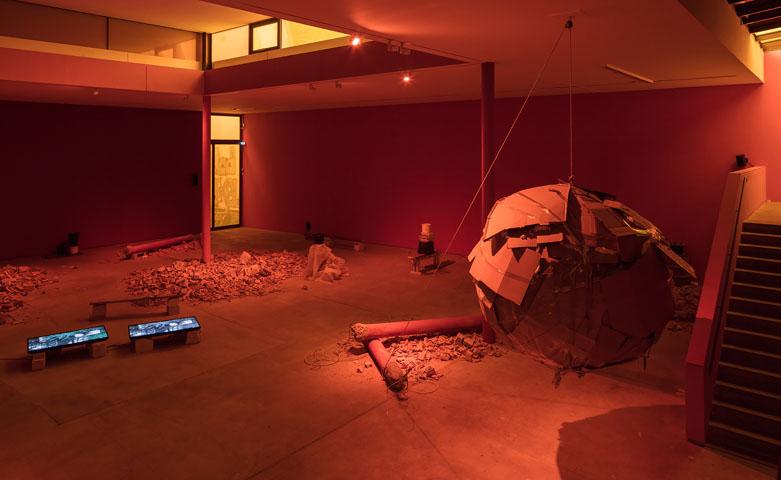

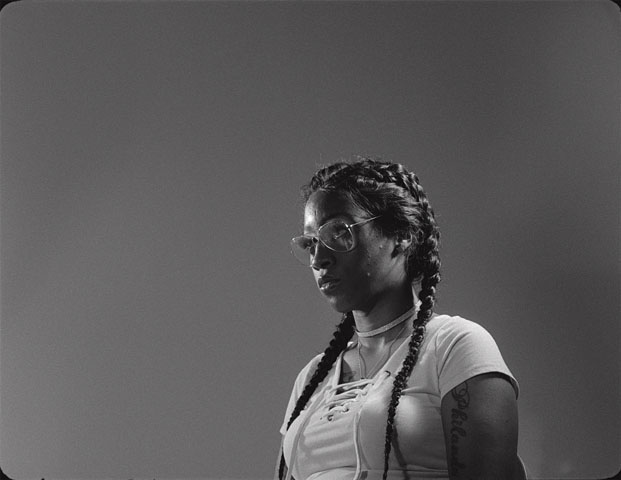

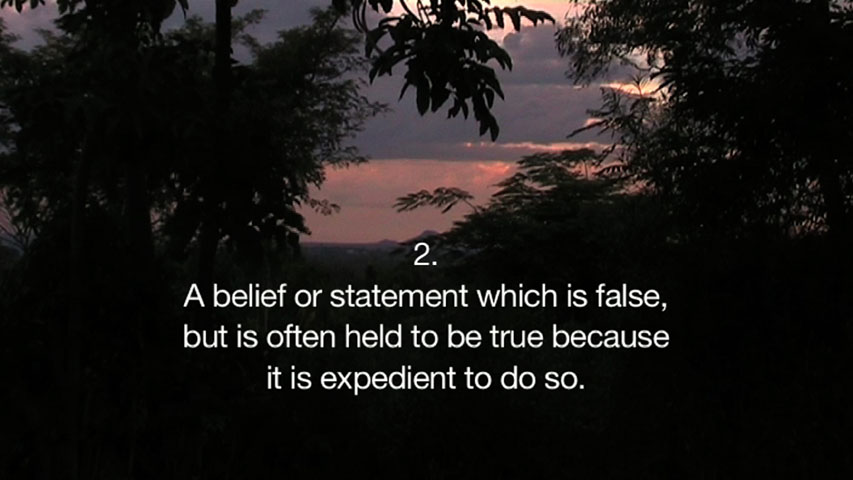

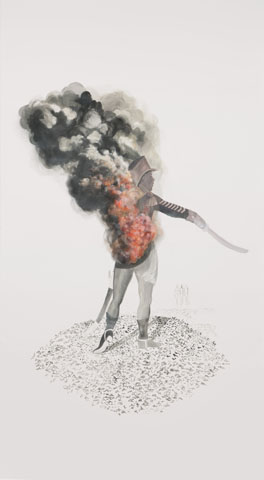

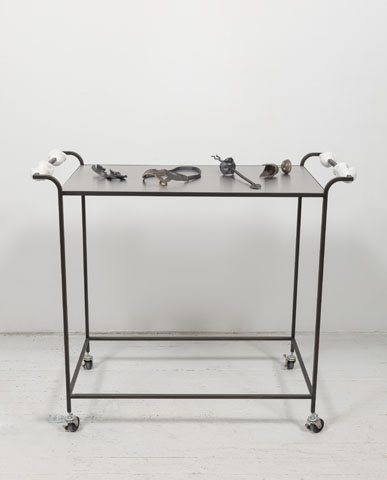

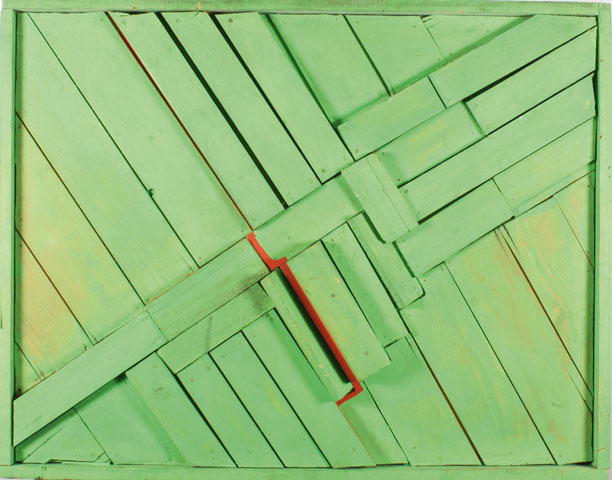
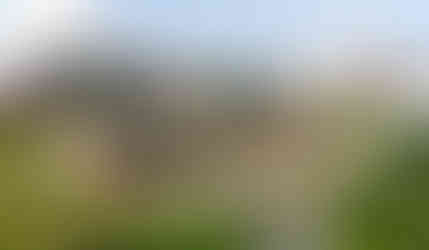

Comments